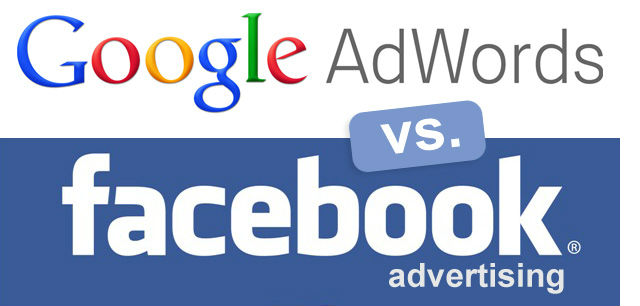A saying all over the web “If you need anything, just tweet” seems as simple as it can get. That’s what twitter is about; simple and short for users to be precise with their messages and asks.
Recently, a lot of people have started using Twitter for business to engage with their customers and increase their footprint. According to a survey, twitter users visit as well as searches for B2B brand sites at a higher rate (59%) compared to average internet users (40%). In another words, tweet exposure has a strong and positive influence on brand consideration.
Social Marketing increases the sales value as well and according to a study, it has found that 82% of the sales come from twitter.
We have few case studies just to prove that –
A) “Teusner Wine” is a boutique winery in Australia’s Barossa Valley and the only goal they had before joining twitter was to build relationships with potential customers. They created their company’s account with the brand name and to get started, searched for wine related terms and were surprised to see so many interesting people talking about the business. Steps from following them and interacting with people happened on a daily basis and to a surprise people were happy to hear from them.
They kept their exchanges simple and away from sales brining them trust and new relationship with their customers. Since the company started interacting and not selling, they noticed a tremendous increase in traffic on their website and more people were visiting winery tours. They also used twitter for gathering feedback from their clients by doing many interactive surveys and also shared information about their products and tastings and also reports on what’s happening at winery. Their reviews for using business twitter changed afterwards and the takeaway was interesting when they mentioned “it’s interesting, building new relationships with the customers as well as distributors while they enjoy what they’re doing”.
B) Another example is when Jason Falls from SocialMediaExplorer decided to test if anyone in the restaurant business pays attention to his tweets.
Mentioning this tweet, he noticed no results for some time and then surprisingly only 6 individuals replied out of which only 1 was from the restaurant business and they invited him for lunch.
Having his taste buds tested, he found the food and customer service really good. Since client’s reviews matters a lot, he posted few photographs & his experience on Pinterest, Twitter and Facebook. This is something what other Louisville restaurants missed to do. It’s not about monitoring mentions; it’s about looking for customers and interacting with them.
As above examples show, Social Media Monitoring is not just about having tons of followers, it’s also about targeting the correct audience and engaging with them to increase revenue and make it big.





